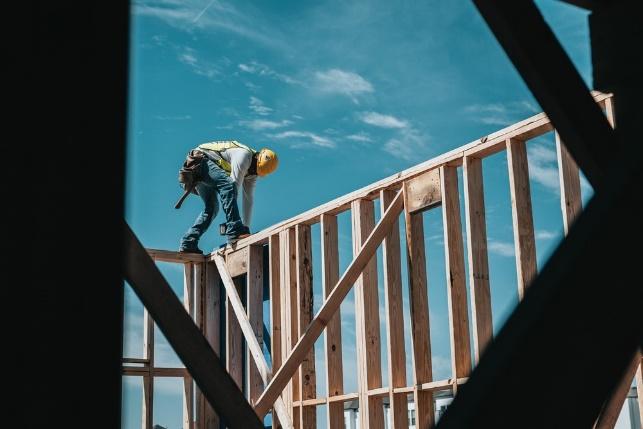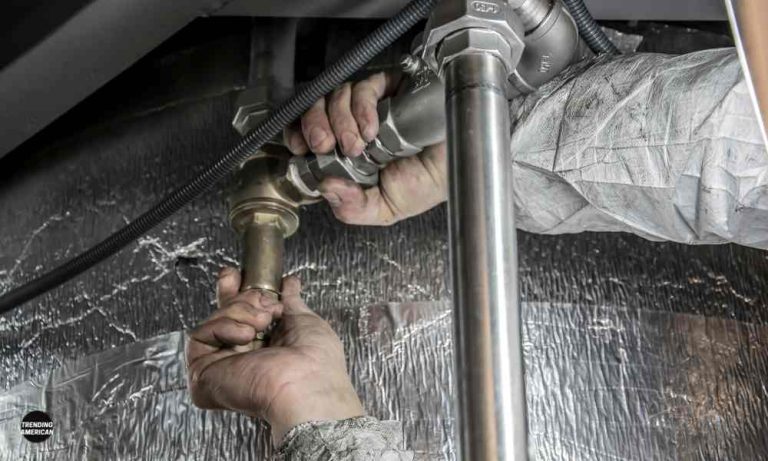How to Maintain Safety on a Building Site
Building sites carry some of the highest risks for accidents. It’s inherently hazardous on site, whilst there are other health and safety risks even when in a vehicle going off site. Injury, long term physical damage, mental health and various illnesses are some of the main considerations. So, whether you’re building scaffolding, or considering crane hire, all aspects of safety must be considered.
You have to understand the hazards, the consequences, and how to mitigate or prevent the risks.
Photo by Josh Olalde, Unsplash
Safety Training
The first step on any construction site is that of training your workers in safety. A guide to the site, and who manages who is vital for this step. You need to make employees aware of the machinery and chemical dangers, and what to look out for and avoid. Managers must also train their teams on how to use basic safety equipment and enforce it rigidly.
The four areas to focus on are:
- Fall hazards
- Caught in between hazards
- Struck by hazards
- Electrocution
Then, there are industry-specific areas to train on:
- Heat safety
- Fire safety
- Ladder safety
Minimise and Manage Risk
Keep the risks as low as you can. That could mean cordoning off areas where dangerous machinery is operating or giving oxygen masks. Remember training on their proper usage. Have alert-systems for failures or badly operating machinery. Additionally, have safety-check systems in place for each area of construction.
Site Security
Your site needs to have very good security in order to prevent sabotage or theft. This will protect pedestrians from dangers on site as well.
Safe-Method Assessment
Always ensure that you’re assessing your employees’ working methods with regards to safety and enforce it very strictly. They should have had training on their particular risks, but people get lazy, so make sure there is a site inspector who will ensure compliance on a continual basis.
Make sure the construction workers know not to play the fool, not to run on site, and not to disable safety devices. What’s more, if they haven’t had training for a piece of equipment, they shouldn’t even attempt to use it, no matter the emergency.
Clear Signage
Put up clear signage around your site. People not only need to know where they can and can’t go, and what to look out for, but they also need to know where to go in case of emergency. Make sure everyone knows where the First Aid office is, and what route to follow to get help. List emergency telephone numbers on the signs
PPE
One of the most important aspects of site safety is PPE. The list of potential equipment includes:
- Hard hats
- Rubber overalls
- Gloves
- Masks
- Earmuffs
- High vis vests
- Safety goggles
- Safety harnesses
Where indicated, they will save the lives and protect the health of many an employee. However, employees can get macho, and believe they don’t really need safety equipment. So, it’s important to make sure that wearing it is an unbendable rule that everyone respects. Create a culture of peers making sure their fellow workers are safe.
Dropped Objects
Dropped objects can cause tripping hazards. Enlist employees whose job it is to pick up dropped objects so that there is no fear of these unnecessary accidents.
Entry and Exit Points
Have limited entry and exit points. This way you can have security against thieves, and also control who comes in or out and where they go. You should also always have an escort for any visitors. It’s no good having them wandering around the site, potentially causing harm to themselves, others and/or equipment.
You also need clear entry and exit points for heavy machinery, such as the crane trucks Melbourne residents are so familiar with. Smart vehicle and traffic management on site prevents crashes and keeps people out of harm’s way.
Compliant Chemical Storage
You wish to avoid explosions, fires, asphyxiation, chemical pollution, and injury on site, right? There are laws about how chemicals should be kept, at what temperatures, and what they can be stored with. Make sure everything is clearly marked, and that lids are screwed on tight. You’ll need to use explosive storage cabinets, which will also reduce spillage.
Environmental Conditions
Extreme weather can cause major problems on site. Make sure your workers know what to do if there is lightning around, or even a flood. Natural disasters can happen very suddenly, and potential risks must be identified beforehand. You never know what the future holds, so be prepared for any eventuality.
Both heat stress and cold stress can result from extreme temperatures, causing illness. This proves the necessity of having policies in place on how to deal with these conditions.
First Aid
You’ll require one first aid officer for 25 workers. Make sure all training is up to date and the equipment is fully stocked. If the site is very large, you may need several clearly marked first aid offices.
Conclusion
There are many risks associated with safety on sites. Having plans, policies, procedures, equipment and enforcement will go a long way to mitigating and preventing accidents, illness, injury and death on site. It’s everyone’s responsibility to play it safe, but especially the leaders’.


